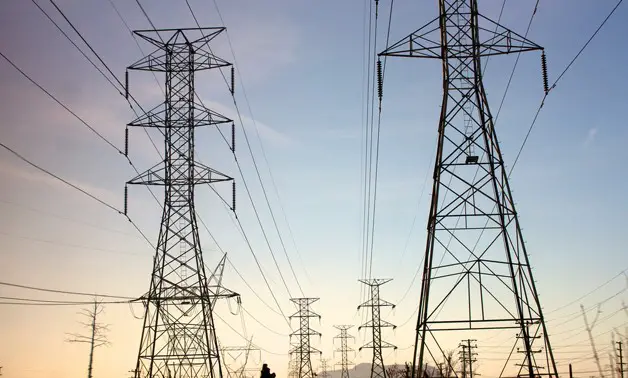The European Union (EU) and the European Investment Bank (EIB) have allocated over US$ 364M for the implementation of the Mali-Guinea electricity interconnection project in West Africa. The funding was announced in the margins of an EU-Africa forum co-organized by the Portuguese Presidency of the Council of the EU and the EIB.
According to Ambroise Fayolle, the Vice-President of the EIB, this loan represents “the largest loan ever granted by the European Union’s investment bank for an investment in Guinea, and will facilitate the construction of the missing link between the national and sub-regional electricity grids”.
Scope of the project
The project, which is a part of the West African Power Pool (WAPP) of the Economic Community of West African States (ECOWAS), mainly involves the construction of the 225 kV double-circuit AC power line from Sanankoroba in Mali to Nzérékoré through Fomi in Guinea, a distance of approximately 714 km, and the installation of transformer stations in Siguiri, Fomi, Kankan, Kérouane, Beyla and N’Zérékoré in Guinea, and Sanankoroba in Mali.
In addition to increasing the availability of electricity in both countries upon completion, this project will also allow the 11 countries of the WAPP to have access to the energy produced by several dams under construction in Guinea including the Kaléta hydroelectric dam with a 250 MW capacity, and the 450 MW hydroelectric power plant in Souapiti.
Also Read: Nachtigal hydroelectric dam transmission line to be delivered in July, Cameroon
The power plants in question contribute to Guinea’s aim to improve household access to energy, bringing the electrification rate to over 80% within the next four years.
Providing help and advice concerning green energy market
In addition to the financial support, the EIB will also provide technical expertise, environmental and social policy to help expand the region’s green energy market.

